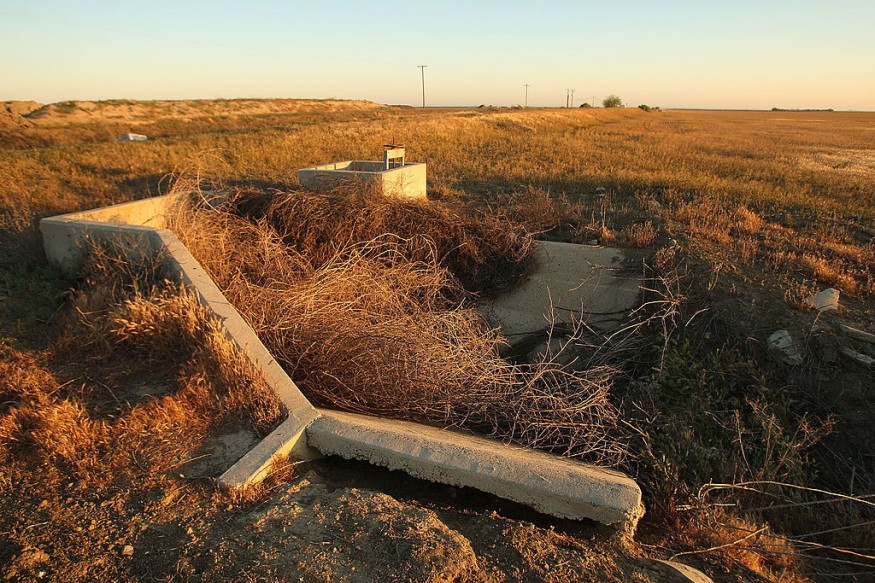Tumbleweeds, with some as high as cars and trees, have covered a Colorado couple's home after a windstorm in the municipality of Fountain in El Paso County, Colorado, it was reported on Wednesday, October 26.
A windstorm struck the area on Sunday, October 23, resulting in a strong air mass that pushed the tumbleweeds into the Colorado ranch, blocking road access to and from the property.
Windstorm Tumbleweeds

A Colorado woman named Marlies Gross told local media KRDO the predicament she experienced when the tumbleweeds blocked her window and all exits of her home, as cited by KCRA news.
She also attempted to escape but was hindered by the sea of tumbleweeds.
Local media reports said neighbors of the Colorado ranch helped Gross and her husband to leave the house, including by removing the tumbleweeds one at a time.
Reports said that Gross initially though she was lost since her surroundings, including the driveway, was replaced by massive tumbleweeds and made it unfamiliar.
What is a Tumbleweed?
A tumbleweed is a plant that detaches itself from its roots during the autumn or fall season.
The term comes from the fact that it "stumbles" as it is driven by the wind as a light rolling mass of tumbleweeds.
Although disruptive to the said Colorado couple's home, these so-called "wind witch" are also beneficial to a number of animal species that feed on this plant.
Tumbleweeds are reportedly one of the symbols of the Western US, particularly in arid regions like Colorado.
This chunk of weeds has been the iconic props of classic Western movies.
However, they are not only a noxious weed but they also move around in real life, wherein they can entire neighborhoods, become a threat for drivers, and an expensive annoyance for farmers, according to PBS Newshour.
These weeds stumble along highways and can cause accidents, as well as pile up against homes and fences, according to Mike Pitcairn, a tumbleweeds tracker at the California Department of Food and Agriculture in Sacramento.
This means that the plant could benefit some animals and their ecosystems.
However, this botanic matter can disrupt residential areas and even road traffic movement.
Tumbleweed Origins
Pitcairn says the common name of tumbleweeds is "Russian thistle" and that one might think the plants are native since they have been around for a long time already.
However, tumbleweeds are reportedly not originally from California or even the West.
Conducted genetic tests have indicated that the Russian thistle, California's most common tumbleweed, likely originated from Ukraine, according to Debra Ayres, a retired plant population biologist who studies tumbleweeds in the University of California, Davis.
In 2014, the Smithsonian Magazine cited that America's tumbleweeds are "Russian invaders" of the American West in the form of plants but was the most aggressive weed invasion in the North American country's history.
The magazine said the tumbleweeds arrived from Russia to the US around the year 1870; since then, the wind witches have been impossible to get rid of.
Related Article: Australia: Intense Windstorm Flooded Melbourne with Tumbleweed
© 2025 NatureWorldNews.com All rights reserved. Do not reproduce without permission.





